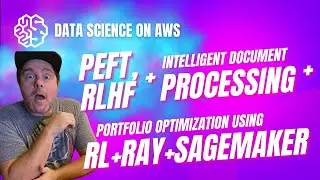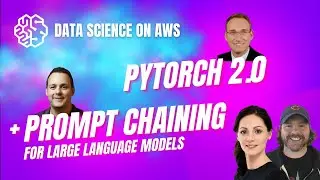Hands-on KubeFlow + Keras/TensorFlow 2.0 + TFX + K8s + PyTorch + XGBoost + Airflow + MLflow + Spark
Slideshare: https://www.slideshare.net/cfregly/tf...
RSVP Here: https://www.eventbrite.com/e/full-day...
Description
In this workshop, we build real-world machine learning pipelines using TensorFlow Extended (TFX), KubeFlow, Airflow, and MLflow.
Described in the 2017 paper, TFX is used internally by thousands of Google data scientists and engineers across every major product line within Google.
KubeFlow is a modern, end-to-end pipeline orchestration framework that embraces the latest AI best practices including hyper-parameter tuning, distributed model training, and model tracking.
XGBoost results on the pipelines UI
Airflow is the most-widely used pipeline orchestration framework in machine learning and data engineering.
MLflow is a lightweight experiment-tracking system recently open-sourced by Databricks, the creators of Apache Spark. MLflow supports Python, Java/Scala, and R - and offers native support for TensorFlow, Keras, and Scikit-Learn.
Pre-requisites
Modern browser - and that's it!
Every attendee will receive a cloud instance
Nothing will be installed on your local laptop
Everything can be downloaded at the end of the workshop
Location
Online Workshop
The link will be sent a few hours before the start of the workshop.
Only registered users will receive the link.
If you do not receive the link a few hours before the start of the workshop, please send your Eventbrite registration confirmation to [email protected] for help.
Agenda
1. Create a Kubernetes cluster
2. Install KubeFlow, Airflow, TFX, and Jupyter
3. Setup ML Training Pipelines with KubeFlow and Airflow
4. Transform Data with TFX Transform
5. Validate Training Data with TFX Data Validation
6. Train Models with Jupyter, Keras/TensorFlow 2.0, PyTorch, XGBoost, and KubeFlow
7. Run a Notebook Directly on Kubernetes Cluster with KubeFlow
8. Analyze Models using TFX Model Analysis and Jupyter
9. Perform Hyper-Parameter Tuning with KubeFlow
10. Select the Best Model using KubeFlow Experiment Tracking
11. Run Multiple Experiments with MLflow Experiment Tracking
12. Reproduce Model Training with TFX Metadata Store
13. Deploy the Model to Production with TensorFlow Serving and Istio
14. Save and Download your Workspace
Key Takeaways
Attendees will gain experience training, analyzing, and serving real-world Keras/TensorFlow 2.0 models in production using model frameworks and open-source tools.
RSVP Here: https://www.eventbrite.com/e/full-day...
Slideshare: https://www.slideshare.net/cfregly/tf...
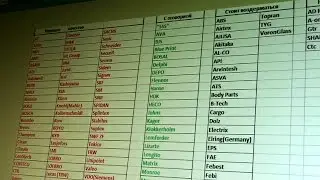







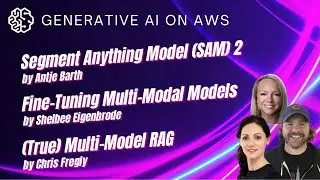
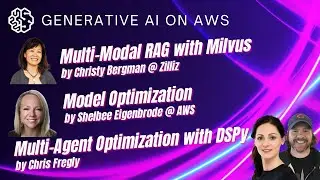
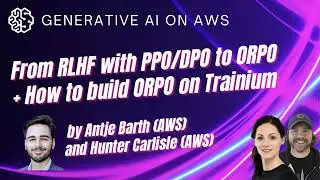

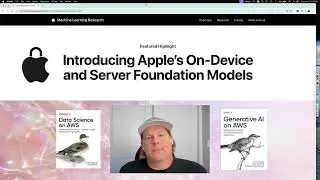




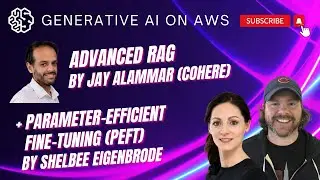
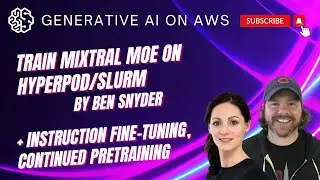

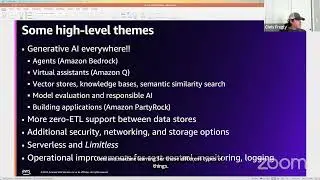
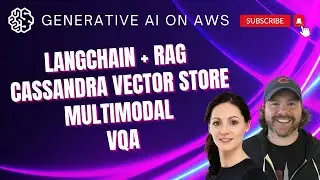


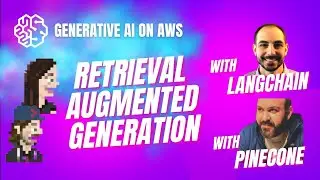

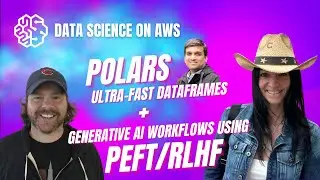
![[WORKSHOP] Generative AI and Large Language Models: Fine-tuning with SageMaker + PEFT + RLHF + PPO](https://images.mixrolikus.cc/video/fLPNMleobgY)
